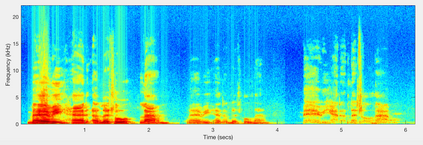State-of-the-art encoder-decoder models (e.g. for machine translation (MT) or automatic speech recognition (ASR)) are constructed and trained end-to-end as an atomic unit. No component of the model can be (re-)used without the others, making it impossible to share parts, e.g. a high resourced decoder, across tasks. We describe LegoNN, a procedure for building encoder-decoder architectures in a way so that its parts can be applied to other tasks without the need for any fine-tuning. To achieve this reusability, the interface between encoder and decoder modules is grounded to a sequence of marginal distributions over a pre-defined discrete vocabulary. We present two approaches for ingesting these marginals; one is differentiable, allowing the flow of gradients across the entire network, and the other is gradient-isolating. To enable the portability of decoder modules between MT tasks for different source languages and across other tasks like ASR, we introduce a modality agnostic encoder which consists of a length control mechanism to dynamically adapt encoders' output lengths in order to match the expected input length range of pre-trained decoders. We present several experiments to demonstrate the effectiveness of LegoNN models: a trained language generation LegoNN decoder module from German-English (De-En) MT task can be reused without any fine-tuning for the Europarl English ASR and the Romanian-English (Ro-En) MT tasks, matching or beating the performance of baseline. After fine-tuning, LegoNN models improve the Ro-En MT task by 1.5 BLEU points and achieve 12.5% relative WER reduction on the Europarl ASR task. To show how the approach generalizes, we compose a LegoNN ASR model from three modules -- each has been learned within different end-to-end trained models on three different datasets -- achieving an overall WER reduction of 19.5%.
翻译:暂无翻译









